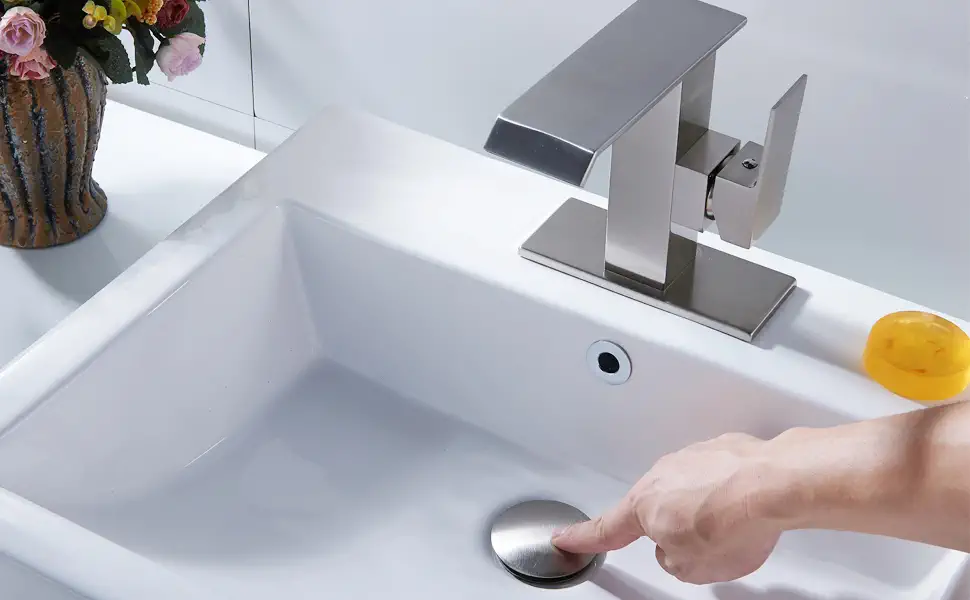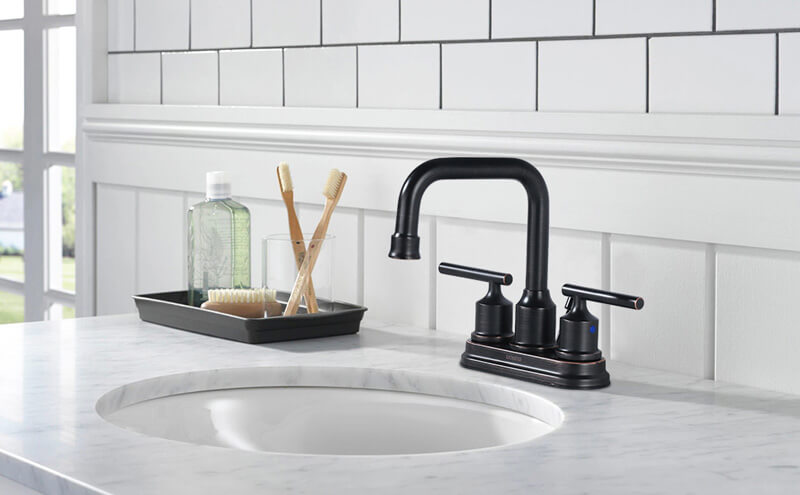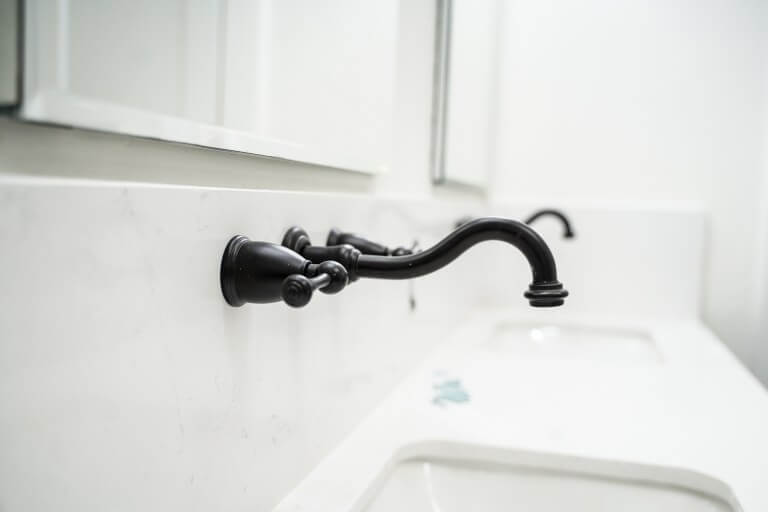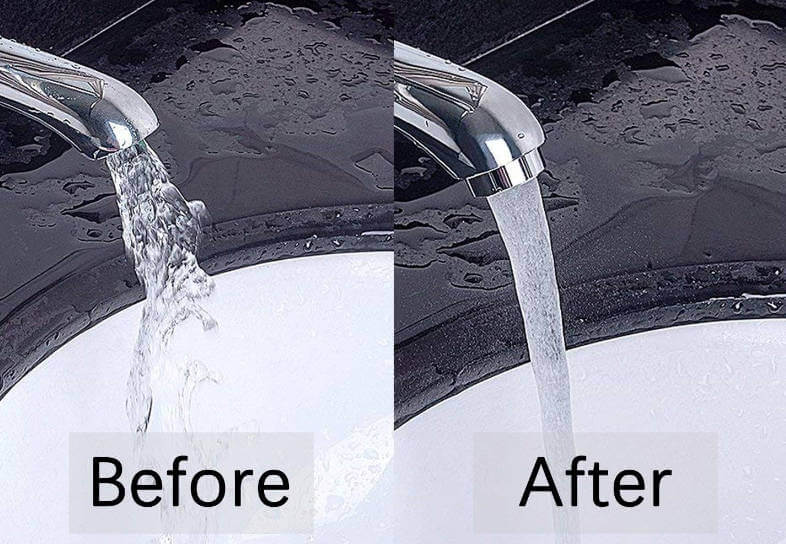How to Remove Water Stains from Stainless Steel Sink

The advantage of stainless steel lies in its long-lasting wear resistance and long-lasting beauty. However, kitchen utensils and cooking utensils made of this material may be stained from time to time. For example, on a stainless steel kitchen sink, brown corrosion or rust spots are left. These stains can be stubborn, but there are ways to remove them. Read on to for a step-by-step guide on how to clean a stainless steel sink.
Before you start
Stainless steel is a steel alloy with a chromium content of at least 10.5%. Chromium makes steel corrosion resistant. When exposed to air or water, chromium does not oxidize and discolor, but forms a thin protective coating on stainless steel. Although this protective layer can be wiped off, the protective film will quickly re-form, which is why the stainless steel surface looks indestructible in the kitchen.
This shiny material is easy to scratch. This is not a big problem for matte surfaces, as found on some sinks, but shiny stainless steel requires some care to remove stains without scratching the surface.
Check your stainless steel surface to determine if it has a texture pattern. Although the metal itself is solid, the manufacturer’s process of polishing the surface may leave slight directional scratches. Whenever you scrub a stainless steel surface, even if you use a so-called “non-scratching” pad, try to gently wipe the stain in the same direction as the particles that are already on the surface.
Tools and materials required
- Soft Sponge
- Olive Oil
- Lemon or Lime
- Spray Bottle
- Olive Oil
- Vinegar
- Cleaning Cloth
- Baking soda
Full guide on how to remove water stains from stainless steel sink
Step 1: Rinse the sink
First rinse the sink with hot water. If you have an in-sink dispenser, you can run it several times to make sure it is not clogged. If you start with a slightly clean surface, the cleaning process will be much simpler and easier. If some food gets stuck on the sink, you can let hot water run over them for a few minutes until they loosen and surface on their own.
Step 2: Coat the sink
Baking soda is one of the effective ingredients for cleaning stainless steel sinks. In fact, baking soda or vinegar can solve most cleaning problems, such as washing sinks, bathtubs, removing hair dye stains, and even cleaning toilets. To clean a stainless steel sink, first coat the sink with a thin layer of baking soda. Do this on a damp sink. This will help the baking soda stick together. This will allow you to coat the edges and bottom of the sink.
Step 3: Scrub along the texture
After applying baking soda, you can start rubbing it on the stainless steel. Scrub in the direction of the grain. If your sink is made of brushed steel (you can see fuzzy lines in the steel sink), please scrub in the direction of these lines. This will help you clean better and make your sink more durable. Do not use high abrasive scrubbers. Steel wool can damage the sink and cause rust. Even the itchy side of ordinary kitchen sponges can be too rough. Instead, use the softer side of a sponge or towel. You can clean the drain pipe and corners with a toothbrush.
Step 4: Spray the vinegar
Spray the white vinegar evenly on the kitchen sink. The vinegar and baking soda will start to foam, which helps to clean the stainless steel sink thoroughly and remove hard water stains without causing damage.
Step 5: Rinse the kitchen sink
Let the vinegar and baking soda sit for at least five minutes. After the foam has subsided, you can rinse the sink again. If your sink still looks particularly dirty, or the baking soda/vinegar solution turns brown, you may need to repeat the previous steps again.
Step 6: Dry the sink
After cleaning the sink, wipe it dry with a cloth. The sink should always be wiped dry after cleaning, as water stains appear.
Step 7: Buff the sink
Finally, the last step in making your sink look great is to buff the sink using a cloth and a few drops of olive oil. This will add some shine to the steel as well as create a protective layer to keep your sink cleaner for longer.
Final thoughts
As you can see, the finished sink is much cleaner than the original. Wipe the sink every time you use it and perform a deep cleaning every few weeks. Your sink will be shiny, well maintained, and easier to clean in the future.
 WOWOW Faucets
WOWOW Faucets





您好!Please sign in